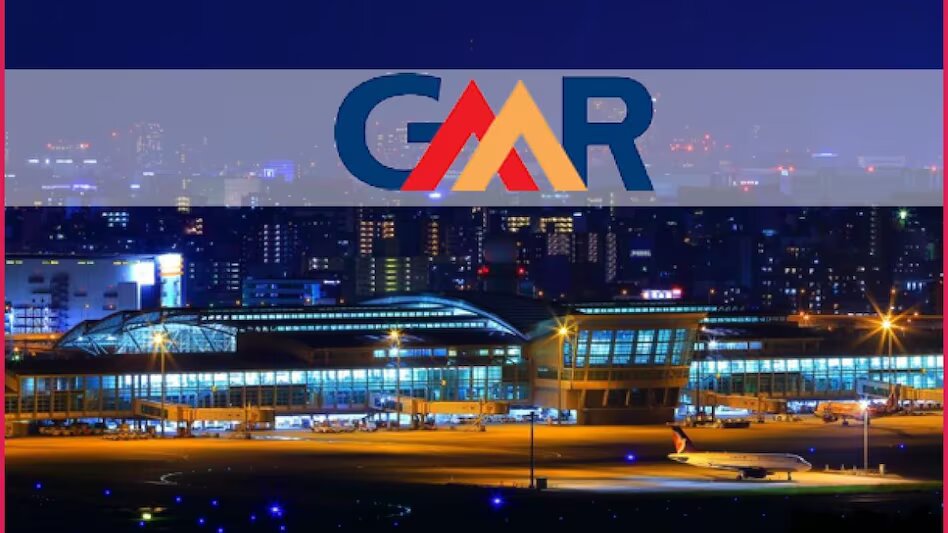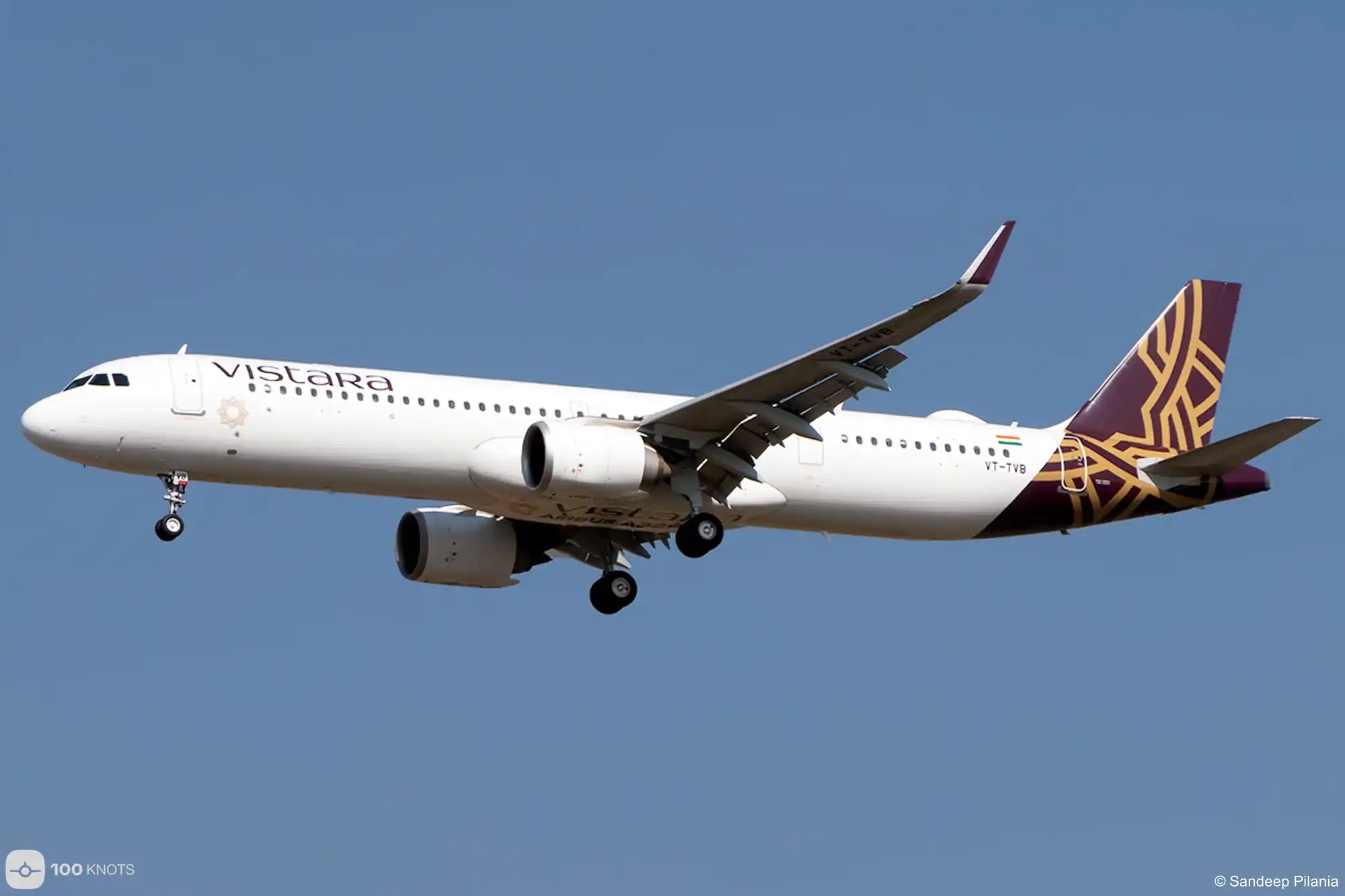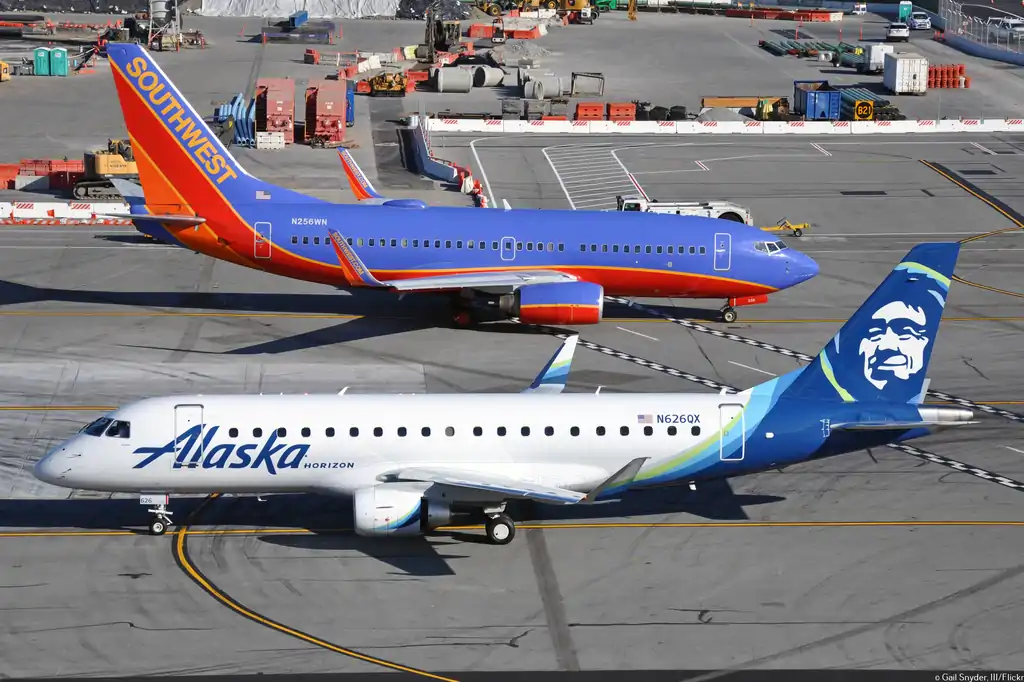In a significant step towards the future of space exploration, the Federal Aviation Administration (FAA) announced on Tuesday, October 31, 2023, that the safety evaluation of the SpaceX Starship-Super Heavy license has been successfully completed. This milestone brings us closer to witnessing the historic launch of SpaceX's revolutionary Starship-Super Heavy system.
Safety Evaluation Milestone
The completion of the safety evaluation represents a critical juncture in the approval process for SpaceX's Starship-Super Heavy project. The FAA, responsible for ensuring the safety of commercial space operations in the United States, has rigorously examined and assessed the safety measures and procedures put in place by SpaceX.
This comprehensive evaluation is a crucial part of the regulatory process for granting the necessary license for SpaceX to conduct commercial spaceflight operations using the Starship-Super Heavy launch system. The FAA's thorough review helps guarantee the safety of the crew, the spacecraft, and the general public.
Ongoing Environmental Review
While the safety evaluation is a significant milestone, it's just one part of the regulatory puzzle. The FAA is actively engaged in an ongoing environmental review of the project. This review takes into account the potential environmental impact of launching and operating the Starship-Super Heavy system.
Collaborating with USFWS on Biological Assessment
In addition to the environmental review, the FAA is collaborating with the United States Fish and Wildlife Service (USFWS) to update the Biological Assessment under the Endangered Species Act. This collaboration is essential to ensure that the launch and operations of the Starship-Super Heavy system do not pose a threat to any endangered species and their habitats.
Consultation Completion for Environmental Review
Before the environmental review component of the license evaluation can be finalized, the FAA and the USFWS must successfully complete their consultation. This consultation process is a crucial step in addressing potential environmental concerns and ensuring the protection of wildlife and their ecosystems.
The FAA's dedication to thorough safety and environmental assessments underscores the commitment to responsible and sustainable space exploration. The successful completion of these assessments will pave the way for SpaceX to receive the necessary license to launch the Starship-Super Heavy system.
Conclusion
SpaceX's Starship-Super Heavy, an ambitious project aimed at revolutionizing space travel, promises to open up new horizons in the field of space exploration. With its enormous payload capacity and reusable design, the Starship-Super Heavy system holds the potential to carry astronauts to the Moon, Mars, and beyond.
As the FAA and SpaceX work collaboratively to address safety and environmental concerns, the world eagerly anticipates the day when the Starship-Super Heavy system takes flight and ushers in a new era of space exploration.
With Inputs from Reuters
Read next
GMR Airports Infrastructure Ltd (GIL) on October 30 reported its consolidated net loss reduced to INR 190 crore in the July-September quarter of the current fiscal year. The company had reported a net loss of INR 197 crore in the quarter ended September 30, 2022.
The company’s net income during the reporting quarter rose 25% to INR 1,607 crore against a net income of INR 1,285 crore achieved in the second quarter of the previous fiscal, GIL said in a statement. The total passenger traffic increased by 25% year-on-year to 26.5 million in the July-September period, the company said. EBITDA (earnings before interest, taxes, depreciation and amortisation) during the September quarter grew by 34% year-on-year to INR 848 crore, it said.
Rise in Passenger Traffic
According to GIL, passenger traffic at Delhi Airport increased to 17.7 million, up 18% YoY from 15 million in the corresponding quarter of FY23. Domestic traffic witnessed a 16% YoY growth, while international traffic rose by 22% YoY in Q2FY24.
Similarly, passenger traffic at Hyderabad Airport increased to 6 million during the reporting quarter from 4.9 million in the same quarter of the previous fiscal, thereby logging a 24% growth, the company said. Of this, domestic traffic grew 24% y-o-y and international traffic increased 23% year-on-year during the September quarter of this fiscal, it said.
GMR Airports Infra is one of the largest Indian airport developers and operators with a huge portfolio of assets across energy, transport and urban infra sectors. It operates two of India’s largest airports – Delhi and Hyderabad – which handled 25-28% of all India passenger traffic in the past decade.
Increased Stake in Hyderabad Airport
GMR Airports Limited (GAL) will increase its stake in GMR Hyderabad International Airport Limited (GHIAL) by acquiring an 11% stake from Malaysia Airports Holding Berhad (MAHB) for approximately USD 100 million (about INR 831 crore). This will take GAL's stake in Hyderabad airport operator GHIAL to 74%. The airport has India's fourth-largest passenger handling capacity.
Kiran Kumar Grandhi, corporate chairman, of GMR Group, said the acquisition was in line with "our objective of consolidating our presence in core assets of the group and signifies the importance of Hyderabad airport in the overall group portfolio.”
Currently, GAL owns a 63% stake in GHIAL. In a statement, GAL said it had signed a share purchase agreement with MAHB regarding the aforementioned deal. "The said acquisition would be for a negotiated aggregate consideration of USD 100 million," it mentioned. "The transaction, subject to the customary closing conditions, is expected to be concluded within a maximum of 135 days from the date of execution of the said share purchase agreement," it added.
GHIAL recorded a net profit of INR 32.99 crore for 2022-23, against a net loss of INR 108.1 crore in 2021-22. During 2022-23, the Hyderabad airport handled 21 million passengers, 160,597 air traffic movements, and 142,338 metric tonnes of cargo. On a year-on-year (Y-o-Y) basis, passenger movements and ATMs witnessed a growth of 69% and 40%, respectively. Cargo experienced approximately four per cent Y-o-Y growth.
By March-end, the Hyderabad airport was connected to 66 domestic destinations, compared to the pre-Covid level of 55 domestic destinations, and 18 international destinations, as compared to 16 destinations before Covid. "Some domestic routes were lost due to internal airline issues, and some specific routes were temporarily suspended," GHIAL said in its annual report.
Rise in Stocks
Shares of GMR Airports Infrastructure gained 2% to the day’s high of INR 56 on October 31 after the company’s consolidated net loss reduced to INR 190 crore in the July-September quarter (Q2FY24) as against INR 197 crore a year ago. The S&P BSE Sensex was down 205 points or 0.3% to 63,907 as of 10:50 AM on October 31.
So far this year, the stock of GMR Airport soared 38% as against a 5% rise in the benchmark Sensex. Earlier, the GMR Airport scrip touched a 52-week high of INR 66 per share on August 25, 2023.
Read next
Vistara plans to launch a handful of new routes next quarter as it approaches the end of its time as a standalone Indian airline, Chief Executive Officer Vinod Kannan said.
The full-service carrier will deploy new aircraft that are pending delivery for mostly international routes, Kannan said at an event to mark the introduction of Vistara’s daily Delhi-Hong Kong service on Monday, October 30. The inaugural flight was more than 90% full and demand looks very strong throughout November, he said. The inaugural flight was operated on Airbus A321 Neo aircraft.
"The launch of direct connectivity to Hong Kong is in line with our strategy of steadily growing our international network. Hong Kong being amongst the world's top commercial hubs, attracts a lot of business, MICE and VFR travel from India, besides being a popular leisure destination," Vistara CEO Vinod Kannan said in a release. MICE refers to the Meetings, Incentives, Conventions and Exhibitions tourism segment while VFR is Visiting Friends and Relatives.
“We will continue to expand internationally and we feel that demand will continue to grow,” Kannan told reporters in Hong Kong. “There will be two or three more new routes coming through in the first quarter of next year,” he said separately. “The focus has been international, that is where we think we bring more value to the table,” he said.
In December, Vistara will become the only airline to offer non-stop flights between Delhi and Bali using its new Airbus A321LR aircraft, and it will also soon launch a flight between Mumbai and Frankfurt, adding to its existing Delhi-Frankfurt service. It also recently started service between Delhi and the Maldives. Paris is another possible route from the Indian financial hub, Kannan said.
Mumbai, in particular, has seen much love from the airline when it comes to international operations. It now flies to several global locations from Mumbai, including Abu Dhabi, Bangkok, Colombo, Dammam, Dhaka, Dubai, Jeddah, London Heathrow, Male, Mauritius, Muscat, and Singapore.
Merger with Air India
Vistara, co-owned by Tata Group and Singapore Airlines Ltd., is being merged with Air India Ltd. Tata bought Air India in January 2022 and is in the process of merging the full-service carrier with Vistara to create a larger entity better equipped to challenge IndiGo and rivals from the Middle East. The Competition Commission of India gave the green light to the merger in early September, paving the way for a combination. Once complete, the Air India brand will be retained, while Vistara’s brand will be retired.
Founded a decade ago, the airline is expected to gradually disappear when regulatory antitrust hurdles to the combination are cleared, with jobs, aircraft and routes being transferred to Air India. Vistara’s flight schedules will be refined once merger approvals go through, and other aspects such as uniforms, aircraft livery and airport signage updated.
The airline operates 63 aircraft, mostly Airbus single-aisle jets, and some Boeing 787s, flying to 32 domestic and 16 overseas destinations. Kannan said international flights will account for 40% of Vistara’s operations by the end of the financial year.
(With Inputs from Bloomberg)
Read next
Korean Air Boosts Fleet with Order for 20 Additional Airbus A321neo Aircraft
Abhishek Nayar
31 Oct 2023

Korean Air, South Korea's flagship carrier, is set to strengthen its position in the aviation industry by adding twenty more Airbus A321neo aircraft to its fleet. This significant expansion comes as the airline continues to focus on enhancing its operational efficiency, flight safety, and reducing carbon emissions, all while aiming to maintain a high level of passenger satisfaction.
Growing Commitment to Airbus A321neo
Korean Air had initially ordered thirty Airbus A321neo aircraft, consisting of a mix of A321-200Ns and A321-200NX models. The airline has already received seven of the eight A321-200NX aircraft from its original order, with the first one arriving in December 2022. Now, Korean Air is further solidifying its commitment to the A321neo by adding 20 more of these narrowbody jets.
These additional A321neo aircraft are expected to be delivered by December 31, 2030. However, the airline has not specified which subtypes of the A321neo will be included in this order. The existing thirty A321neos are set to be delivered by the end of 2027.
Strategic Deployment on Short- and Medium-Haul Routes
Korean Air plans to deploy an increasing number of Airbus A321neo aircraft on its short- and medium-haul routes, particularly to destinations in Southeast Asia, China, and Japan. The A321neo's versatility, fuel efficiency, and passenger comfort make it an ideal choice for these regional routes.
Focus on Sustainability
The decision to acquire more A321neo aircraft is aligned with Korean Air's commitment to sustainability. By investing in more fuel-efficient and environmentally friendly aircraft, the airline aims to reduce its carbon footprint. The Airbus A321neo is known for its advanced technology and eco-friendly features, contributing to the aviation industry's efforts to mitigate its environmental impact.
Expanding Boeing Order
In addition to its growing Airbus A321neo order, Korean Air has also placed orders for 51 Boeing aircraft. This order includes twenty-two B737-8s, nine B787-9s, and twenty B787-10s. The increase in the number of B787-10s, from ten to twenty, was made in July 2019, reflecting the airline's ongoing expansion plans and its confidence in the Boeing Dreamliner series.
Conclusion
Korean Air's decision to acquire an additional 20 Airbus A321neo aircraft demonstrates its commitment to modernizing and expanding its fleet. This move is not only aimed at enhancing operational efficiency, flight safety, and passenger satisfaction but also aligns with the airline's focus on sustainability by reducing carbon emissions. As Korean Air continues to grow its presence in the aviation industry, its order for a mix of Airbus and Boeing aircraft showcases its dedication to meeting the evolving demands of the global air travel market.
With Inputs from ch-aviation
Read next
Condor, the German leisure airline, has further solidified its commitment to the Airbus A330-900 with a recent order of three more aircraft from the manufacturer. This order, placed in 2023, brings the airline's total commitment to this class of aircraft to 21. The newly ordered A330-900s are expected to be delivered between 2026 and 2027.
A Strong Airbus A330-900 Commitment
In July 2021, shortly after being acquired by Attestor Capital, Condor made a significant move by ordering sixteen A330-900s. This initial order comprised seven aircraft purchased directly from Airbus and an additional nine secured from lessors. In 2022, the airline decided to add two more A330-900s to its order, bringing the total count to 18. With ten of these aircraft already delivered, Condor has continued to build its long-haul fleet and strengthen its market position.
Retirement of the B767-300ER Fleet
The addition of these A330-900s is part of Condor's broader fleet strategy. The airline plans to retire its remaining six Boeing 767-300ER aircraft as the new Airbus A330-900s join its fleet. This transition to more modern and fuel-efficient aircraft is a significant step in enhancing the airline's operational efficiency and environmental sustainability.
Interim A330-200s for Crew Training
In preparation for the arrival of the A330neo series, Condor introduced four Airbus A330-200s as an interim crew training option. These aircraft served to train Condor's crew in preparation for the A330-900s, providing a smooth transition to the newer and more advanced aircraft.
Diverse Narrowbody Fleet
While Condor's long-haul fleet primarily consists of the A330-900s, the airline also maintains a diverse narrowbody fleet. This fleet includes twelve A320-200s, eleven A321-200s, and nine Boeing 757-300s. Condor's narrowbody fleet is vital for its short-haul and medium-haul routes, complementing its long-haul operations.
Expanding the Narrowbody Fleet
Condor's commitment to fleet modernization extends beyond its long-haul operations. The airline has plans to expand its narrowbody fleet further, with thirteen Airbus A320-200Ns and twenty-eight Airbus A321-200Ns expected from both manufacturers and lessors. These new additions will help Condor meet the growing demand for leisure travel within Europe and enhance its short-haul network.
Conclusion
With the acquisition by Attestor Capital and its increasing commitment to the Airbus A330-900, Condor is shaping a promising future in the leisure airline industry. The retirement of older aircraft in favor of more fuel-efficient and advanced models demonstrates the airline's dedication to sustainability and passenger comfort. As Condor continues to strengthen its fleet and expand its route network, travelers can look forward to even more options for exploring the world with this reputable German leisure airline.
With Inputs from ch-aviation
Read next
In a shocking incident that unfolded in the skies above northwestern Oregon, an off-duty Alaska Airlines pilot's alleged attempt to sabotage a Horizon Air flight has left the aviation community and the public stunned.
The incident, which took place on a San Francisco-bound flight out of Everett, involved a pilot who had been struggling with mental health issues and reportedly consumed psychedelic mushrooms just days before the event.
The Accused Pilot and the Incident
The accused pilot, Joseph Emerson, a 44-year-old commercial airline pilot with a history of mental health challenges, found himself in the flight deck jump seat behind two Horizon pilots on a Sunday evening flight. Emerson stands accused of trying to activate a fire suppression system, which would have severed the fuel supply to the plane's engines, potentially turning the aircraft into a glider. Fortunately, his attempt was thwarted by the vigilant flight crew.
Emerson's claims that he was suffering from depression and insomnia at the time and believed he was dreaming when he attempted to disable the plane have raised concerns about the mental well-being of airline personnel.
Passenger Accounts
Passengers on the flight, Horizon Air 2059, shared their experiences of the unsettling event. Some noted that Emerson appeared entirely normal before his attempt to tamper with the plane's controls. However, the quick thinking and professionalism of the flight crew ensured the safety of everyone on board.
Immediate Response and Consequences
Emerson was arrested upon the plane's emergency landing in Portland and was subsequently charged with multiple counts of attempted murder and other related charges. He is also expected to face a federal charge for interfering with flight crew members and attendants. The incident has raised questions about the airline industry's measures for assessing the mental fitness of crew members and the need for stricter regulations in this regard.
The Aftermath
Passengers expressed their shock and disappointment with how the airline, Alaska, communicated with them in the wake of the incident. Many passengers were initially unaware of the situation and learned about it through news articles. The incident has highlighted the importance of transparent and timely communication in such emergencies.
Pilot's Background and Public Reaction
Those who knew Joseph Emerson before the incident have expressed their shock and disbelief. He was described as a loving family man and a responsible neighbor, which underscores the complex nature of mental health issues and their often-hidden manifestations.
Airline and Regulatory Response
Alaska Airlines has removed Emerson from service indefinitely and is consulting with the Air Line Pilots Association regarding his employment status. The incident will likely prompt a reevaluation of the airline industry's approach to assessing and supporting the mental health of its crew members. The U.S. Department of Transportation's mandatory drug-testing program for on-duty crew members is also under scrutiny, as the incident raises questions about the effectiveness of detecting substances like psychedelic mushrooms.
Conclusion
The attempted sabotage of Horizon Air Flight 2059 by an off-duty pilot has shaken the aviation industry, highlighting the critical importance of mental health assessments and the need for transparent communication during emergencies.
This incident serves as a stark reminder of the potential consequences when mental health issues intersect with the responsibilities of airline personnel. It also underscores the need for ongoing support and awareness within the aviation community to prevent such events from occurring in the future.
With Inputs from The Seattle Times







Comment